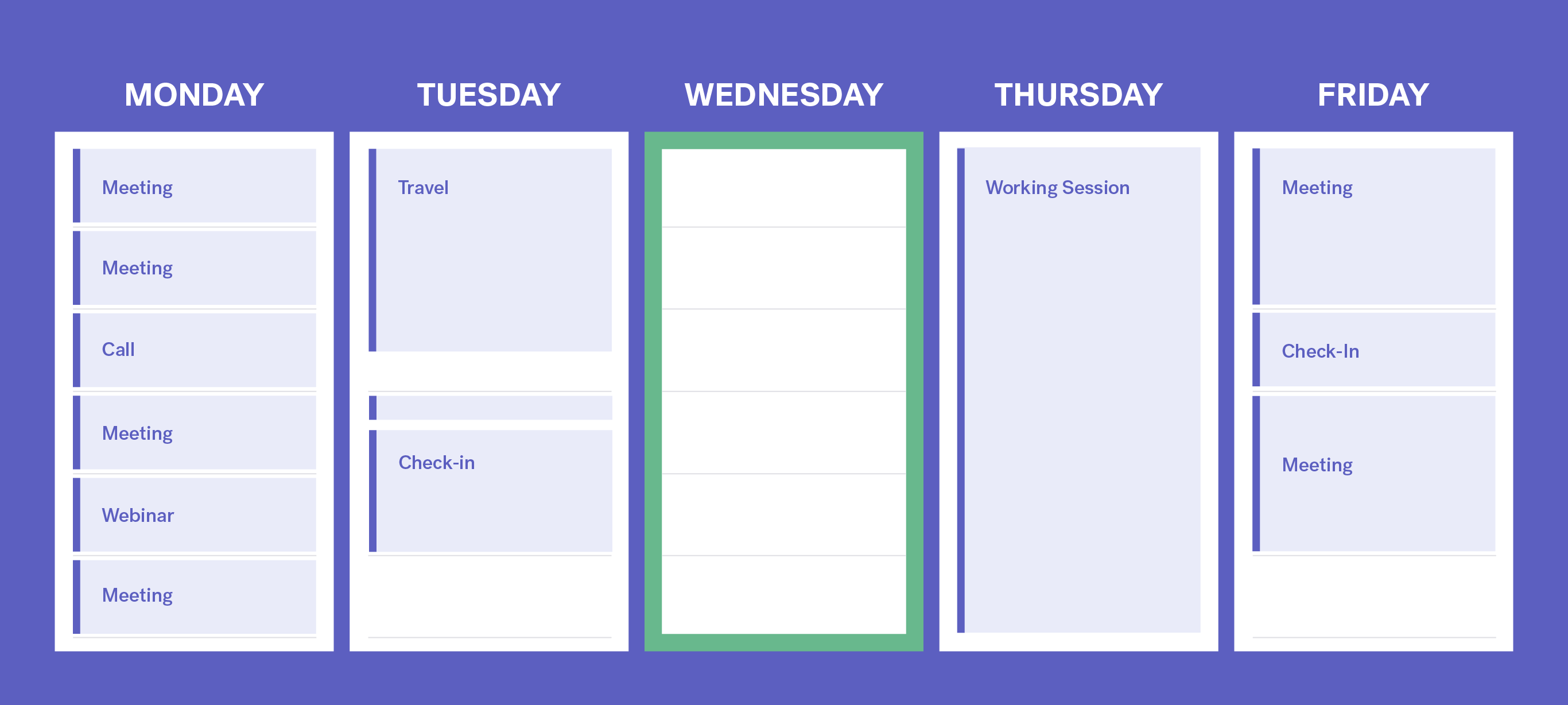
Effective leadership is more about understanding yourself, your people and your collective purpose — and applying that knowledge to the context of your environment.
Read More
Subscribe to Our Thinking, valuable insights for healthcare execs, communicators and marketers.







